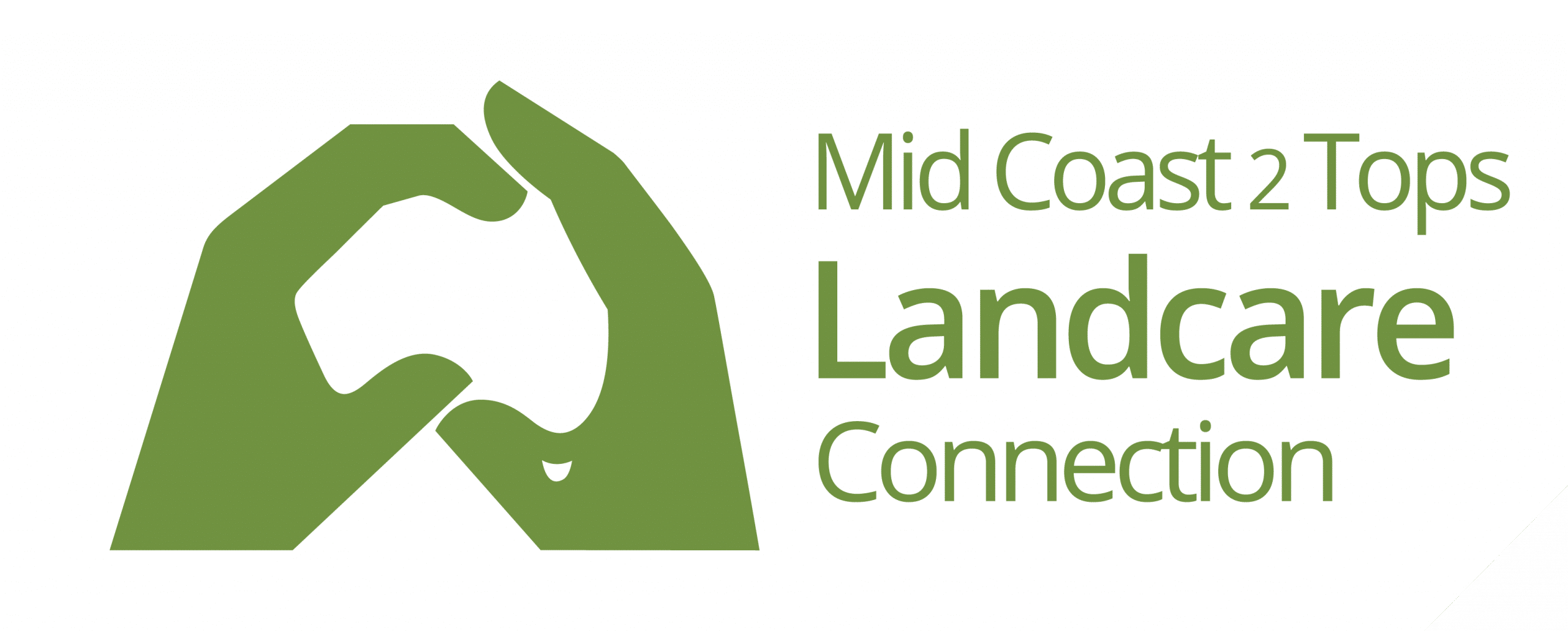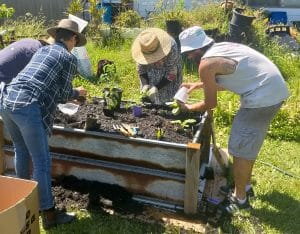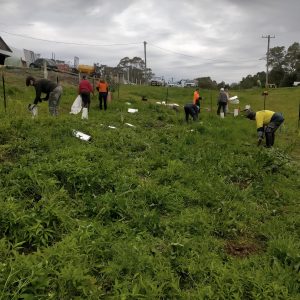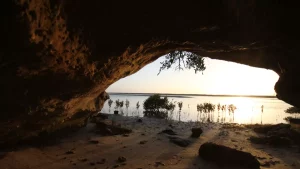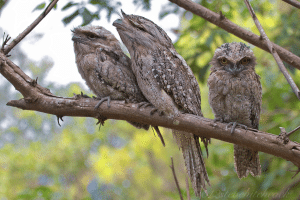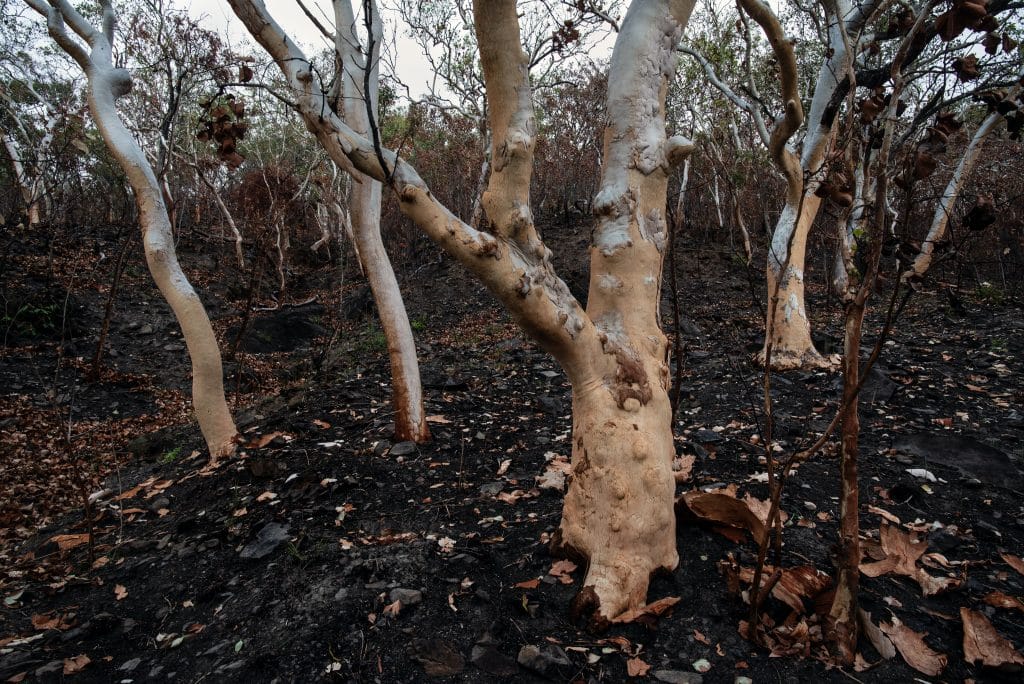
Do you know what the difference is between the terms cultural burn (Aboriginal Land Management) and ecological burn?
You may have seen the terms cool burning, cool ecological burning and cultural burning. These terms refer to two separate types of prescribed burns; cultural burns and ecological burns. The word cool when talking about a fire relates to the low temperature of a prescribed burn. Both ecological and cultural burns can be classed as low-temperature burns.
The types of prescribed burns can be split into two different categories; Aboriginal Land Management and Western fire management.
Shaun Hooper, Senior Scientist for the Cultural Science team at Department of Planning and Environment, describes cultural burning as a “part of Aboriginal Land Management and is Aboriginal People practising their culture. It is not just the practices but the worldview that sits behind it.” He described cultural burning as “not just application of fire on the ground, but a complex cultural process of maintaining obligations to other species as a way to maintain life.”
Ecological burning falls in the Western fire management category and is a form of prescribed burn derived from Indigenous fire knowledge. An ecological burn aims to put fire into the landscape to help restore and renew fire-adapted ecosystems and/or species. They can also be used to provide habitat for native animals.
Anyone can conduct an ecological burn as long as the appropriate steps are followed:
- Notify your neighbours and appropriate authorities
- Have a prescribed burn plan
- Have approval for the burn
- Have easy access to burn site
- Have portable water source or tanker close by.
A cultural burn can only be conducted by an Aboriginal or First Nations person. No one else can conduct this type of burn.
If you would like more information about the differences and about prescribed burns attend one of our education programs which covers this information as well as covering fire risk and preparedness. These programs are our Eco Burn Education Program (https://www.eventbrite.com/cc/eco-burn-education-program-1090159) and the Landscape and Fire Engagement Workshop Series (https://www.eventbrite.com/cc/landscape-and-fire-engagement-workshops-1370519).
Contact Olivia Eglin, Fire Ecology Education Officer on mc2t.fire@gmail.com for any enquiries.
